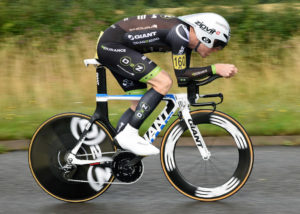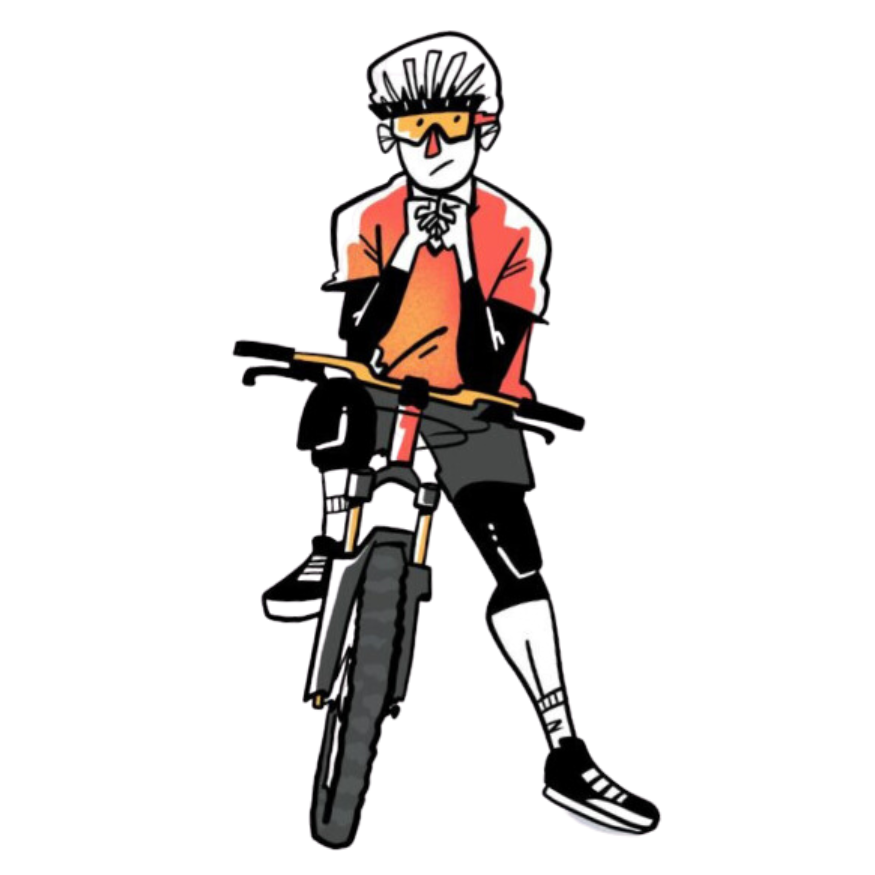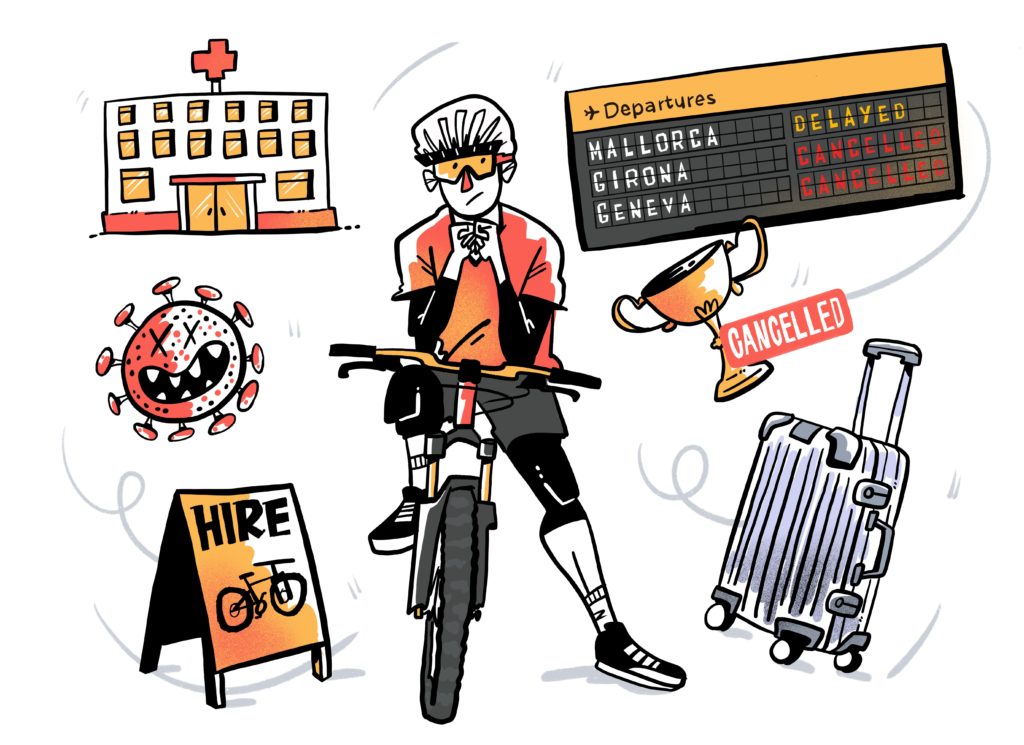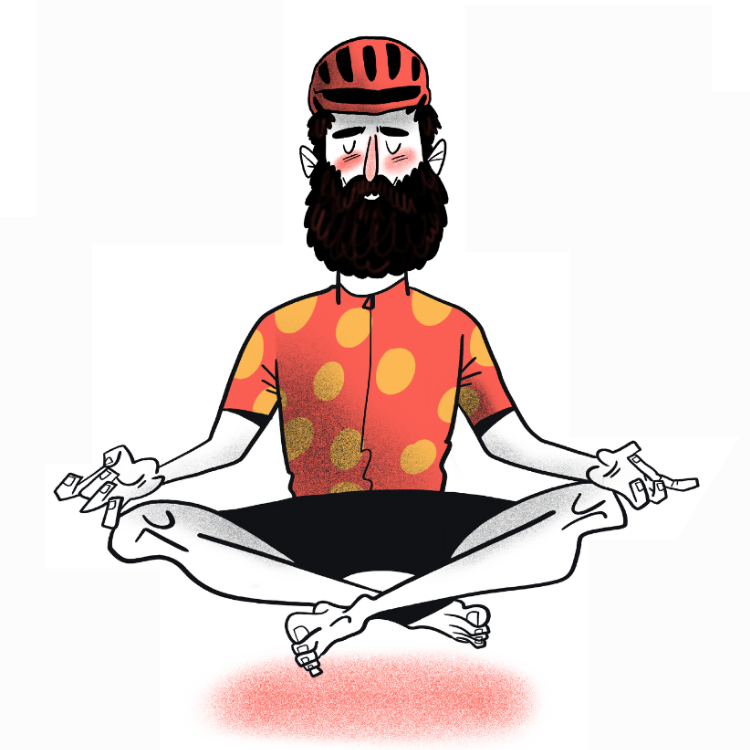The time trial, the race of truth, is either a cyclist’s worst enemy or best friend. There’s no hiding in a TT, just you, your bike and the clock. Whether you’re going for the win in a national championship or trying to beat your best time on the local club ten there’s nothing quite like the experience of a good old fashioned British TT.
Every weekend from March to September time trialists gather up and down these great isles in village halls while the veterans of club cycling take signatures for starters and dish out cake for finishers.
Whether you’re racing ten miles or twelve hours these heroes of cycling will be there to take your fiver, man the stopwatch and pin a number on your backside.
What’s the History of Time Trialling?
During 1890 the National Cyclists’ Union banned bike racing in Britain in order to prevent a government ban on cycling altogether.
According to cycling historian (how do I become one of these?!?) Bernard Thompson, events during the 1880s were often interrupted by police who “threw sticks in [the riders’] wheels”. After the NCU asked clubs to use velodromes instead clandestine racing appeared – with riders dressing head to toe in black to avoid detection, never wearing numbers and racing only at dawn.
Courses were only referred to in code (hence names such as P164 to denote courses to this day). Obviously now, events are no longer secret and they’re not held at odd hours to avoid detection but to avoid traffic – yet there feels a great atmosphere of history upon taking part in the TT.
In 1978 the great Alf Engers set the bar with an astonishing time of 49 minutes and 24 seconds (that’s an average speed of 30.364mph) as the first rider to beat the 50-minute mark for 25 miles. This still sets the bar today as a mark targeted by only the most serious town hall frequenters.
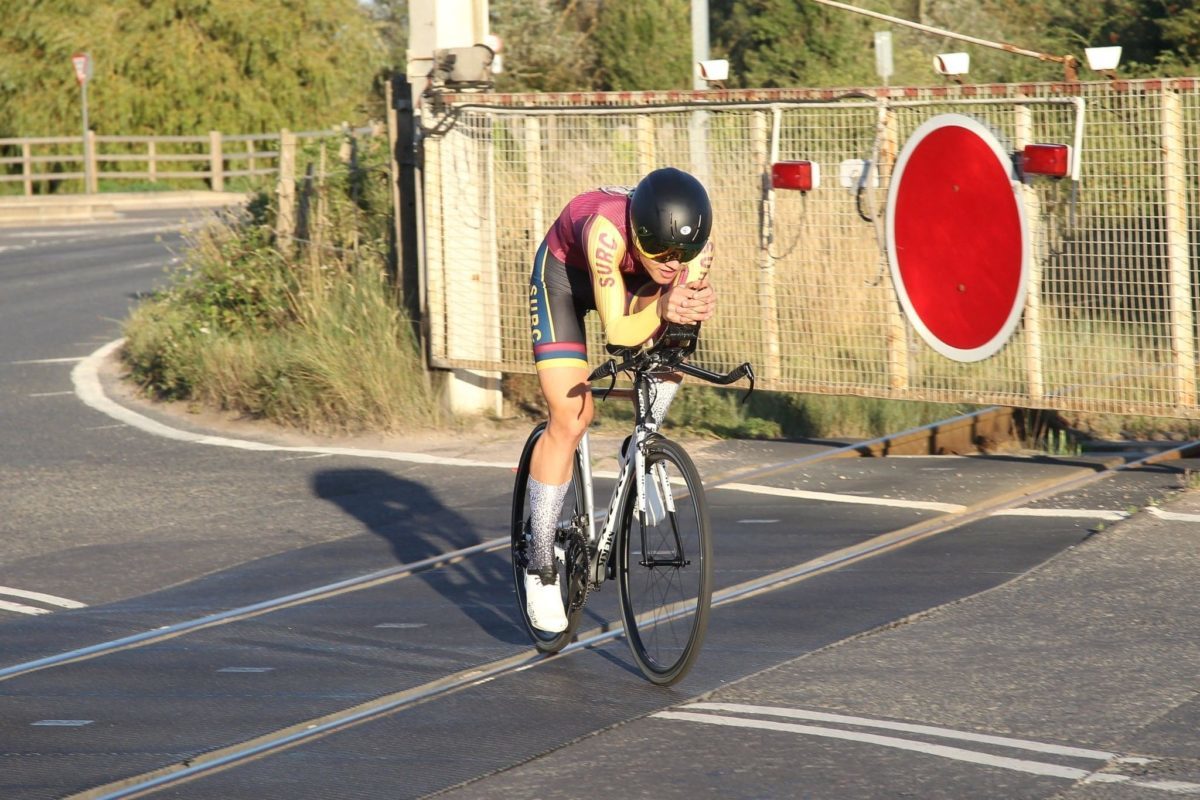
What kit do I need to Time Trial?
Since the days of Alf Engers, the kit has changed somewhat which has meant that it requires significantly fewer watts, though still quite a lot, to crack 50.
The advent of tri-bars, (popularised in the 1989 Tour de France by Greg LeMond to take yellow on the final TT) disc wheels and pointy helmets – as well as practically any piece of bike that you can smooth the bumps, call ‘aero’ and sell for three times the price – made the time trial a battle of leg power combined with the ability to optimise, or tinker, your way to the top step of the podium.
The time trial arms race, which appears to have accelerated in recent years, is an argument that has two sides.
Many feel that it contributes to the elitism which cycling struggles with, while others say it’s exciting seeing how far the combination of training and tech can push the barriers of performance.
UCI regulations are somewhat stricter than those set by CTT (cycling time trials – the British time trial national governing body) which allows for practically as much innovation as you like, provided that what you’re riding can broadly be described as a bicycle and is powered only with your legs.
How do I get into Time Trialling?
Once armed with your bike the natural question is how to get into racing? firstly you need to settle on what it is you want. Do you want to ride as fast as possible? In this case, you’ll likely want a course on an A-road, this has the drawback of having a lot of traffic but the smooth road surfaces and aerodynamic advantages from passing lorries makes them appealing to some.
There are also courses described as ‘sporting’ which are hillier and require more skill to ride fast. These are the sort of courses you go to race, either to break your previous best time or for the top spot of the podium, but you probably won’t ride your PB for that distance as they tend to be slower.
There are many other options including but not limited to circuit races, team time trials or tandem races. These races can usually be entered via a local club’s Facebook page or, for larger ‘open’ events, the CTT website.
How do I train for a Time Trial?
Now you’ve got your kit, it’s time to think about training and racing. Both of these topics could be (and are) entire books in their own rights, but we can condense this down.
Firstly, how is best to train for a time trial? Most time trailing is a steady effort, so training your ability to sustain an effort for the length of time you’ll be on the course would be a good place to start. For example, if you’re racing a ten mile TT you’ll want to complete intervals just above your FTP (the maximum power you can sustain for roughly an hour) but if you’re racing fifty miles you’ll want to train in zone 3 as you’ll be on the course for much longer.
However, leg strength is not the only thing that dictates how quickly you will travel during a time trial. Many successful riders will complete ‘aero drills’ riding intervals on the turbo in front of a mirror tucking their heads in and squeezing their shoulders back to practice being as aero as possible.
Learning to punish yourself and being mentally strong is also an extremely important aspect of time trialling, it’s important to come up with methods that help you push yourself without the motivation of other athletes around you.
Pacing a time trial is also a difficult skill which requires honing, using the road to find and maintain speed while not going to deeply into the red that you blow is an art form that’s difficult to perfect – though the advent of mathematical modelling tech such as ‘Best Bike Split’ can assist with how best to race a time trial.
If you like early mornings, rinsing your income on aerodynamic materials and pain then the time trial is for you. Honestly, I’m not sure anyone actually enjoys them – yet we come back week after week to test ourselves against the clock. Whether you’re trying to emulate the great Alf Engers and crack 50 minutes or ride your local club 10 in less than 30 the time trial has a draw that is difficult to put your finger on. If you’ve not done one, try it. This year time trialling will be the first form of racing to return and it’s not too late to enter one. Find your local club on Facebook or sign up on the CTT website and give it a go, you’ll catch the bug and your life will be permanently changed for the better.
Pedal Cover’s home insurance covers you for time trialling, worldwide.





